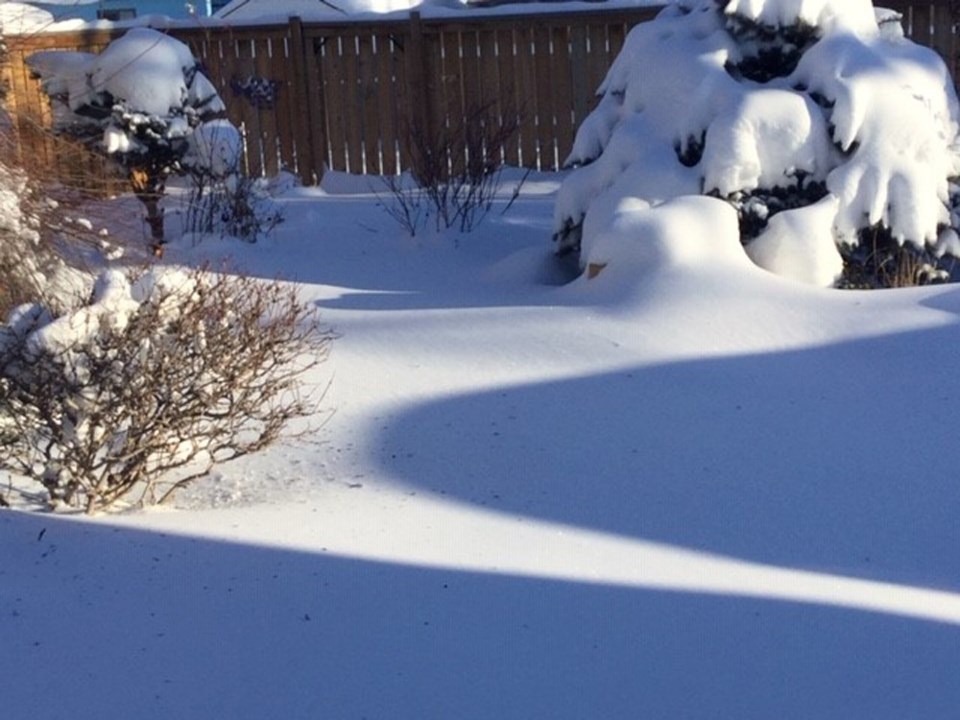YORKTON - Some very kind friends gave us a special gift on our anniversary; she called it the “love plant” because of the shape of the leaves, which are decidedly heart-shaped. Even the exotic flowers bear a strong resemblance to hearts.
Can you guess what the plant is?
It is an anthurium, which belongs to the arum family.
Gardeners, we know this family because of an anthurium cousin, the peace lily, spathyphyllum, the lovely plant that we know as a wonderful plant for cleansing the air. Anthuriums are those exotic and fascinating plants where the flower is not really a flower.
For example, the large base of the anthurium “flower” is known as the spathe, and the protruding part of that spathe is called the spadix. The spadix is the part of the plant that holds the “flowers”, even though they are not really that floral or that spectacular. (The poinsettia, too, has a flower that is not really a flower. The red “petals” of the poinsettia are actually leaves; the little yellow buds in the centre are actually the “flowers”.)
Anthuriums can grow well indoors, and they don’t mind conditions that have a little less light. That doesn’t mean no light— but they don’t mind indirect light. The plants enjoy moisture with well-draining soil, but they don’t want their feet to be wet, so we should be careful that we don’t get too enthusiastic with watering to make the soil damp all the time. This could lead to the roots beginning to rot. If the time comes to replant our anthuriums, we don’t have to make a drastic change in the pot size. One size larger is sufficient, and we just need to use a nice, light soil that will drain well.
The plant should sit at the same level with the top of the soil as it did in its previous home. Make sure that the root ball is not rising above the top of the soil like a pitcher’s mound! And neither should it be lower so that water collects there.
A nice, even transfer is what we are looking for. I have read that it is not uncommon for anthuriums to wilt a bit after the shock of transplanting, but this will last only a few days.
Here’s an interesting factoid: anthuriums are epiphytes, same as orchids. That means that they get their moisture from the air, and do not even have to be planted in soil. If we have an anthurium houseplant, that is why the plant needs good drainage, and why we should let it dry out between waterings.
We often associate anthuriums with tropical locations like Hawaii, but guess what, we can enjoy their beauty indoors, right here! They come in beautiful colors: rich red, pinks that look like strawberries and cream, pinks mixed with lime-green, greens, whites, and even purple! Guess what, the anthurium colors speak to us in the language of flowers: pink stands for compassion and motherly love; purple is for passion and spirituality; green is for growth and hope, red is for love.
Do give this plant a try for an exotic addition to your houseplants! It’s not only very beautiful, but easy-care as well!
The next meeting of the Yorkton and District Horticultural Society is our AGM. After that, there will be no meetings until March 2023.
Thank you to our friends at YTW for their great work every week. Visit the hort society at www.yorktonhort.ca and have a nice week!






